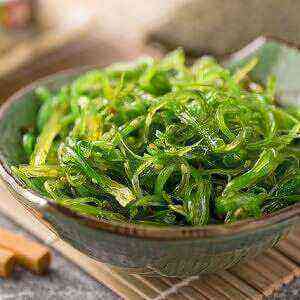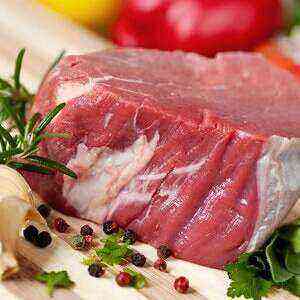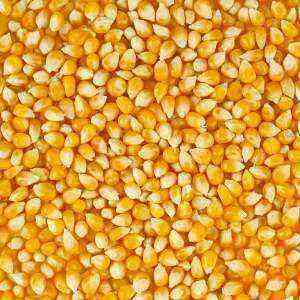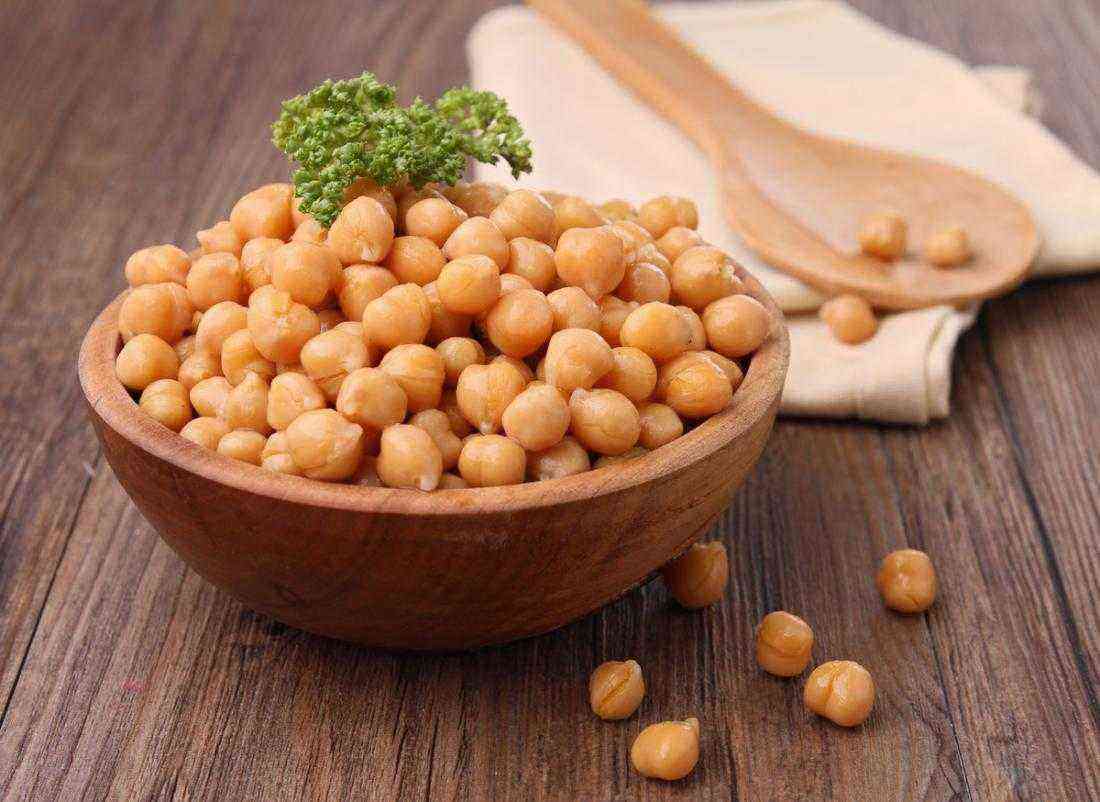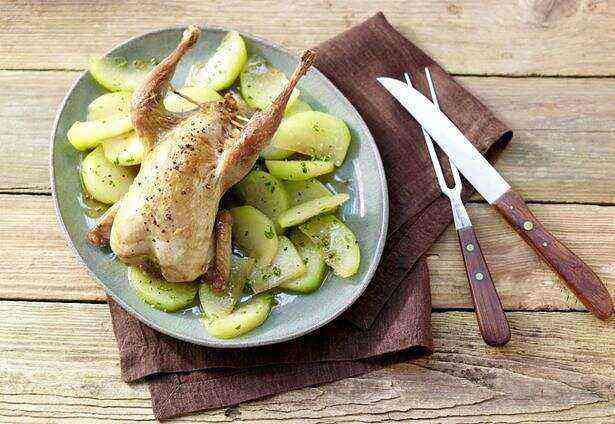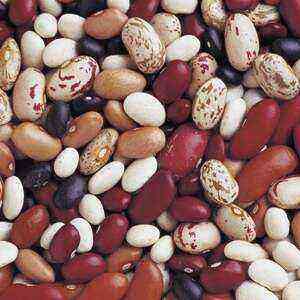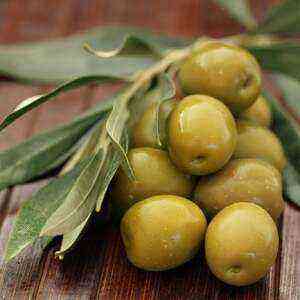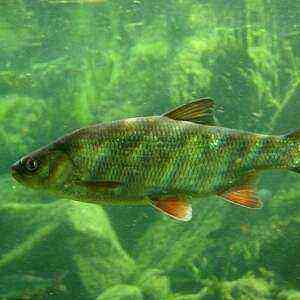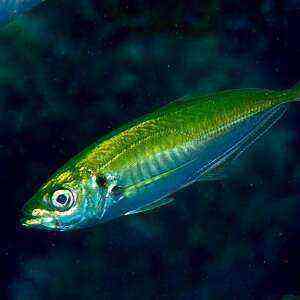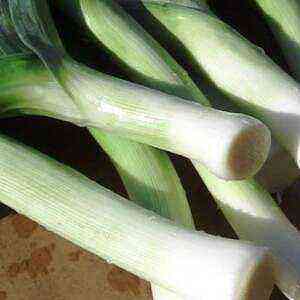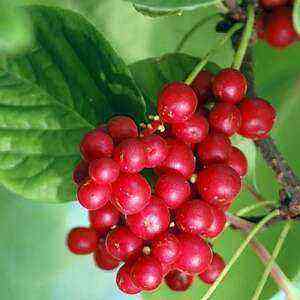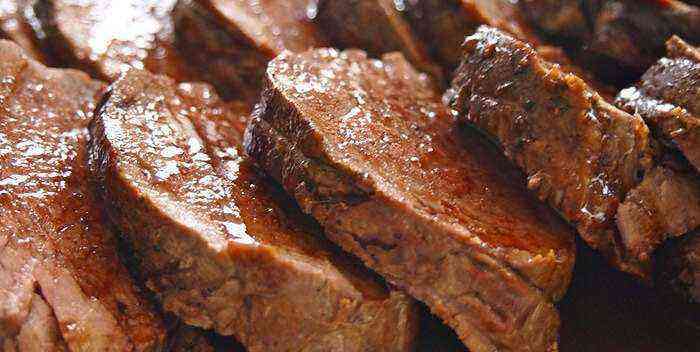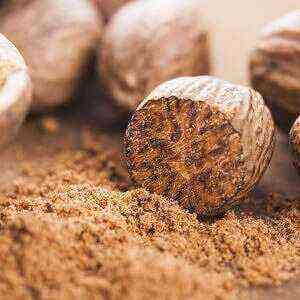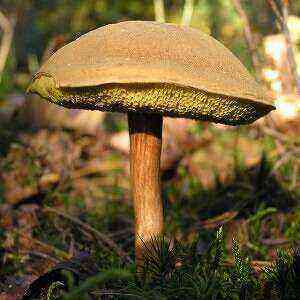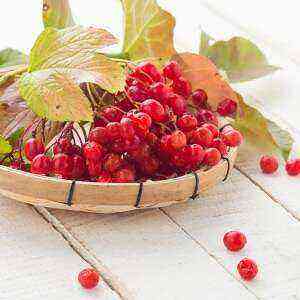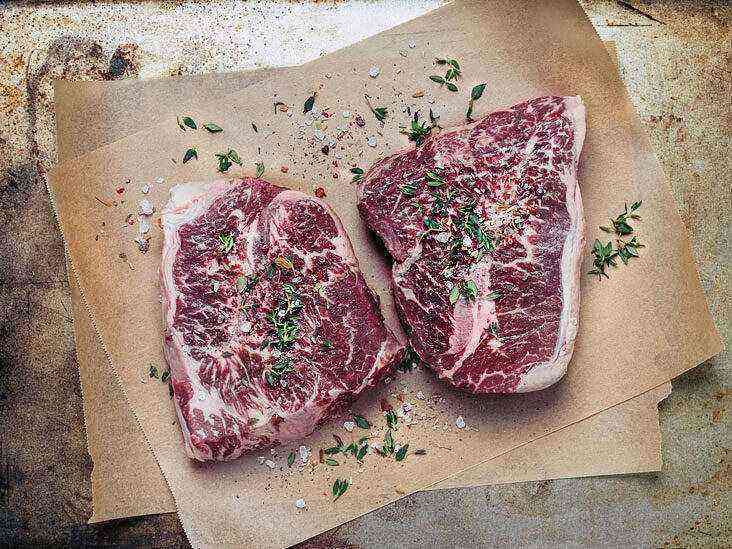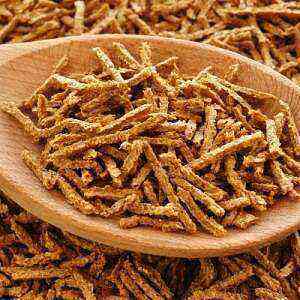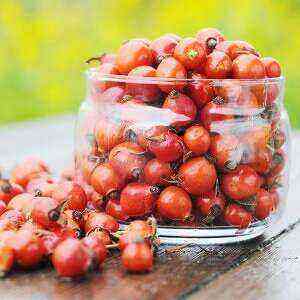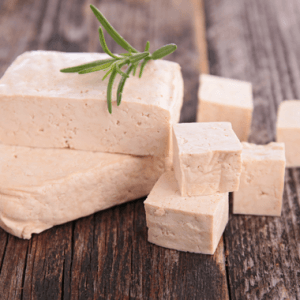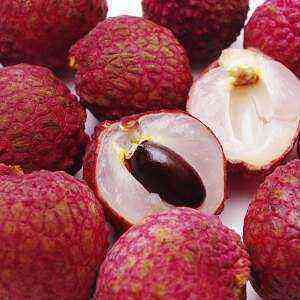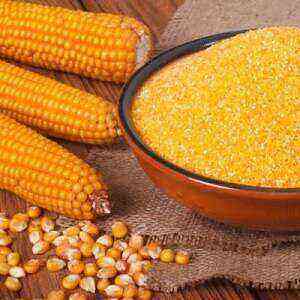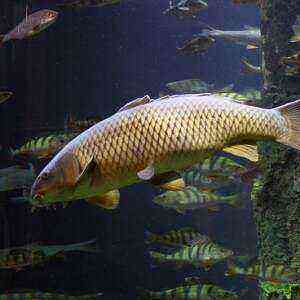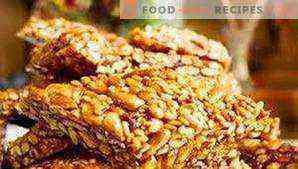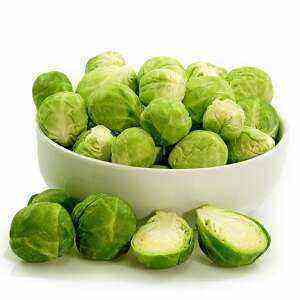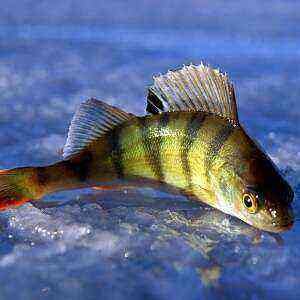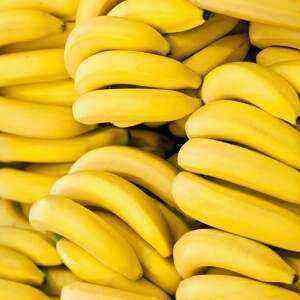 Peking cabbage owes its name to its origin. She came to us from China, and is a long head of cabbage with thin leaves. It is also widespread in Japan and Korea, where it is used for sourdough and added to various dishes. The main difference between Chinese cabbage is that its harvest can be harvested in June, as it ripens fairly quickly.
Peking cabbage owes its name to its origin. She came to us from China, and is a long head of cabbage with thin leaves. It is also widespread in Japan and Korea, where it is used for sourdough and added to various dishes. The main difference between Chinese cabbage is that its harvest can be harvested in June, as it ripens fairly quickly.
Red cabbage, like white cabbage, appeared on the domestic market relatively recently, at the moment when vegetable growers began to grow it in this part of the world. Previously, it grew only in China and in several other countries, so it was brought from afar, and was considered a real delicacy.
The Chinese argue that in order to maintain the nervous system in order, get rid of a headache and make a person more calm, it is enough just to regularly use fresh Peking cabbage. The substances contained in it support the nervous system, helping it to deal with constant stress, chronic fatigue and shocks.
The lifespan of Peking cabbage is 2 years, during the first year it is eaten. It is quite finicky, and it is very difficult to grow it at home, since it requires special soil, a lot of fertilizer and sunlight. If you do not know how to choose Chinese cabbage, pay attention to the state of the leaves: light green leaves indicate that it is young, and if they are yellow, it is better not to buy it.
Beijing cabbage has a very rich composition of useful vitamins and minerals.
Chemical composition
Protein 1,2 g Fats 0,2 g Carbohydrates 2,03 g Vitamin A 16 μg Vitamin B1 0,04 mg Vitamin B2 0,05 mg Vitamin B5 0,105 mg Vitamin B6 0,232 mg Vitamin B9 79 μg Vitamin C 27 mg Vitamin E 0,12 , 42,9 mg Vitamin K 0,5992 μg Vitamin PP 7,6 mg Choline 77 mg Calcium 13 mg Magnesium 9 mg Sodium 238 mg Potassium 29 mg Phosphorus 0,31 mg Iron 0,23 mg Zinc 36 mg Copper 0,6 μg Selenium 0,19 , 30 μg Beta-carotene XNUMX mg Calories XNUMX kcal
Chinese cabbage varieties
There are several different species that have been bred by scientists for many years. The main purpose of creating hybrids was to increase the yield and resistance to pests and plant diseases. In addition, new versions of Chinese cabbage are stored longer in natural conditions without the use of any excipients, and also ripen faster.
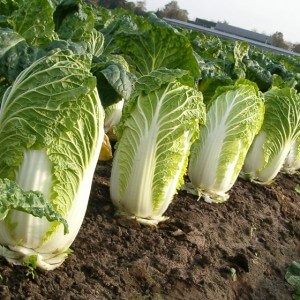 The cabbage has dense barrel-shaped cabbages, which are perfectly preserved for a long time. There are several different varieties that are considered the most popular:
The cabbage has dense barrel-shaped cabbages, which are perfectly preserved for a long time. There are several different varieties that are considered the most popular:
- A glass is a variety that has a medium ripening period. The head of cabbage grows up to 2 kilograms. Preferably consumed fresh.
- The monument is much larger heads of cabbage, weighing up to 3.5 kilograms, and has a high yield.
- Nika – a hybrid, obtained by scientists, which ripens most late. It is not so long stored as the rest, but it is great for sourdough. The shape resembles a shaft, the leaves are tight enough to fit each other, the head weighs up to 3 kg.
- Vesnyanka, which is preferably consumed fresh. It is distinguished by the most juicy main vein in the sheets, the head itself is very small, weighing about a quarter of a kilogram. But it contains much more vitamin C than all other types.
Use
Beijing cabbage leaves have a neutral taste. It is these taste qualities and low calorie that made it so popular all over the world. Delicious Chinese cabbage is an excellent product for the daily diet of those who monitor their health.
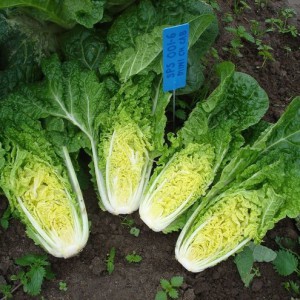 Peking cabbage has a very low calorie content: it contains 12 kilocalories per 100 g, so it is well suited for both supplementing the diet and losing weight. 100 grams contains 94,6 g of water, which ensures its juiciness. Due to its low calorie content, as well as the minimum amount of fats and carbohydrates, it is considered a dietary product. Rarely encountered vitamin PP helps with nervous excitability and poor neural communication.
Peking cabbage has a very low calorie content: it contains 12 kilocalories per 100 g, so it is well suited for both supplementing the diet and losing weight. 100 grams contains 94,6 g of water, which ensures its juiciness. Due to its low calorie content, as well as the minimum amount of fats and carbohydrates, it is considered a dietary product. Rarely encountered vitamin PP helps with nervous excitability and poor neural communication.
One of the main advantages of Beijing cabbage is that it is able to perfectly replace lettuce leaves and at the same time it is stored much longer. It is believed that throughout the winter it is able to remain as useful, while retaining its properties. This is what makes it so popular, especially since it has a more delicate taste than ordinary white-skinned.
If you want cabbage to bring you the maximum benefit, it is best to eat it fresh. It will be a great way to deal with vitamin deficiency, especially in winter and spring, when there is very little source of natural vitamins and minerals. The only minor drawback of Beijing cabbage is that it is difficult to grow in natural conditions, so it is usually cultivated in greenhouses, where the soil has not as diverse a saturated composition as under ordinary conditions. However, it is extremely useful even when grown in a greenhouse.
Beijing cabbage has a lot of recipes. It is usually consumed fresh for salads or as a side dish. It is also great for replacing the usual cabbage in many dishes, and as usual white cabbage, it can be marinated and stewed. A salad with Chinese cabbage with the addition of other vegetables will be an excellent source of vitamins.
Application
 Peking cabbage benefits the entire body: in particular, it has a beneficial effect on the condition of the enamel of the teeth, maintains good vision, and a large amount of vitamin B strengthens bones. It contains substances that help blood to clot and maintain a normal body temperature. That is why Chinese cabbage is recommended for those who have problems with the temperature balance. Like any vegetable, it is high in fiber, which contributes to normal digestion and prevents bowel problems.
Peking cabbage benefits the entire body: in particular, it has a beneficial effect on the condition of the enamel of the teeth, maintains good vision, and a large amount of vitamin B strengthens bones. It contains substances that help blood to clot and maintain a normal body temperature. That is why Chinese cabbage is recommended for those who have problems with the temperature balance. Like any vegetable, it is high in fiber, which contributes to normal digestion and prevents bowel problems.
It has a beneficial effect on the blood, can strengthen the immune system and reduces the risk of developing heart disease. Beijing cabbage properties are great for supporting blood vessels and prevent arthritis. In addition, beta-carotene contained in it significantly reduces the risk of cancer.
In addition, Beijing cabbage is able to remove heavy metals from the body, so it is ideal for daily use by those who work with them. The lysine contained in it can be a good support in the fight against allergies. Of course, it will not help to cope with the allergy completely, but it is able to neutralize the protein that was ingested with food and caused allergies.
Beijing cabbage, like any other, is used to clean the gastrointestinal tract. This is very important if a person has problems with digestion, due to which rotting products form in the intestines or a toxic deposit on the mucous membranes of the stomach.
 Beijing cabbage has a lot of useful properties. It is recommended to apply it in the following diseases:
Beijing cabbage has a lot of useful properties. It is recommended to apply it in the following diseases:
- Alzheimer’s disease;
- oncology;
- arthritis;
- gout and rheumatism;
- jaundice;
- hypertension;
- skin diseases.
It is believed that in order to maximize the effect of Beijing cabbage, it is necessary not only to use it raw, but to use freshly squeezed juice. This is due to the fact that salt is usually added to salads, which somewhat reduces the usefulness of Beijing cabbage. However, if you are not treated with its help, but simply maintain your own health, you can use it in any dishes. Juice is also used to rinse in case of diseases of the oral cavity and throat.
Противопоказания
Peking cabbage can be just as harmful as good, so be careful. You should not use it if there is bleeding, inflammation or increased acidity of the stomach in the gastrointestinal tract. Avoid it if you have a stomach ulcer, colitis, or diarrhea. Also, Chinese cabbage should be used very carefully by people who have gastritis, preference should be given to dishes in heat-treated form, since the citric acid contained in it can lead to an exacerbation of the disease.
The most important thing is to choose fresh Chinese cabbage with light green leaves, firm and crunchy. If you expose it to heat, it is very important to cook quickly so that it does not soften.
What to cook
 Domestic lovers of Peking cabbage usually use it fresh for salads or simply eat it in pure form and add it to dishes as decoration. However, in China, Japan, and Korea, where it is most common, it is used to make soups and various dishes, and it is quashed and stewed. This is a good way to cook Peking cabbage, which can be adopted.
Domestic lovers of Peking cabbage usually use it fresh for salads or simply eat it in pure form and add it to dishes as decoration. However, in China, Japan, and Korea, where it is most common, it is used to make soups and various dishes, and it is quashed and stewed. This is a good way to cook Peking cabbage, which can be adopted.
Peking cabbage is as healthy as white cabbage, but at the same time it does not have a pronounced aroma and has a much more delicate taste and perfectly replaces any lettuce leaves. The only limitation to keep in mind when preparing food is that it is not recommended to mix it with dairy products, as the combination of different substances can cause serious digestive upset.
The Chinese love to use Peking cabbage for sweet and sour sauces with a rich composition, because it can perfectly shade their taste thanks to their own neutral.
For dietary purposes, Beijing cabbage is used as an excellent substitute for bread. In addition, its composition allows not only to be stored for a long time, but also to store the surrounding products for a long time. In particular, you may notice that Beijing cabbage salads are stored longer than white cabbage or using lettuce leaves. Such properties are associated with the presence of citric acid in cabbage. It is grown in greenhouses, in excellent conditions, so that beetles practically do not harm it. In addition, it is able to cope well with diseases, so that chemicals are almost never used during cultivation.
For nursing mothers
 Women who are breastfeeding should pay particular attention to nutrition. It is believed that many foods can be consumed while breastfeeding without harm to the baby. However, in fact, this is not always the case, depending on the mother’s immunity and the state of health of the child. You need to be careful about foods that can cause allergies. Peking cabbage is a great way to diversify the diet for a nursing woman, only if the vegetables are well tolerated by the child.
Women who are breastfeeding should pay particular attention to nutrition. It is believed that many foods can be consumed while breastfeeding without harm to the baby. However, in fact, this is not always the case, depending on the mother’s immunity and the state of health of the child. You need to be careful about foods that can cause allergies. Peking cabbage is a great way to diversify the diet for a nursing woman, only if the vegetables are well tolerated by the child.
But in any case, you need to be careful with Chinese cabbage, if the doctor recommends a woman to limit the consumption of vegetables. If the child is allergic, Peking cabbage, like any other, falls under the instant prohibition. Even if the child is completely healthy, a few weeks after the birth of the mother, you should avoid eating Chinese cabbage.
In general, it should be treated very carefully, since it is believed that Chinese cabbage can cause an increased formation of gas in the intestines in both the mother and the child. This means that if your baby suffers from colic, you need to eat Peking cabbage very carefully, preferably after heat treatment and in small quantities.
Cabbage juice
Beijing cabbage contains substances that help fight a number of harmful microorganisms, including Staphylococcus aureus. In addition, it is excellent for treating skin lesions such as boils or ulcers.
Cabbage juice is able to perfectly clean the intestines, but this process can cause increased gas formation. To avoid this, you need to drink cabbage juice, diluting it with carrot.
It is important not to add salt to the juice, even if you want to improve the taste, because you will not achieve a very good body cleansing.
Peking cabbage diet
Beijing cabbage contains a large amount of water and a small amount of calories. That is why nutritionists consider it to be just an excellent tool for losing weight, cleansing the body and simply supporting a healthy lifestyle. In addition, the substances contained in the cabbage help maintain the nervous system, reduce fatigue and irritation, which often accompany the diet.
In any case, the use of Beijing cabbage allows you to maintain your weight in the norm, and also fills the body with many useful substances, vitamins and minerals. Kohlrabi and Brussels sprouts have similar properties.
With pancreatitis
In pancreatitis, acute or chronic inflammation of the pancreas, cabbage is not recommended. This is due to a strict diet, which suggests the presence of pancreatitis.
Despite the abundance of the beneficial properties of cabbage, during pancreatitis it can be quite harmful, especially if taken in the period of exacerbation. If you have chronic pancreatitis, and your body normally tolerates a wide range of products, you can afford cabbage, but you still need to give preference to the thermally processed product. But during remission, you can take it fresh, but also treat it with caution.
Storage
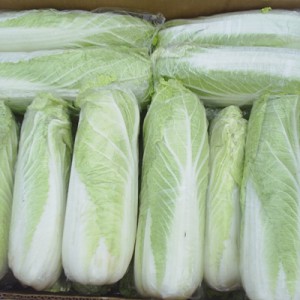 In order to be able to store Peking cabbage for several months, choose fruits that are harvested late in the second half of October. You should not choose those who have suffered frost below zero degrees, as such cabbage begins to deteriorate rapidly.
In order to be able to store Peking cabbage for several months, choose fruits that are harvested late in the second half of October. You should not choose those who have suffered frost below zero degrees, as such cabbage begins to deteriorate rapidly.
Choose well ripened but not overripe cabbages. Carefully observe that there is no damage on the leaves caused by plant diseases or fungus. After the purchase, carefully inspect the heading and remove the leaves of the upper layer, remove and cut the damaged pieces and remove those that are not too tight. However, some loose leaves should be left to protect the rest of the head from drying out.
Cabbage freeze
Peking cabbage retains its beneficial properties even after freezing. To freeze it properly, cut the leaves into strips, place in a tight plastic bag and send to the freezer. As such, it can be stored for up to 10 months. Then, in order to defrost, place this bag in warm water and wait for the cut leaves to unfreeze.
